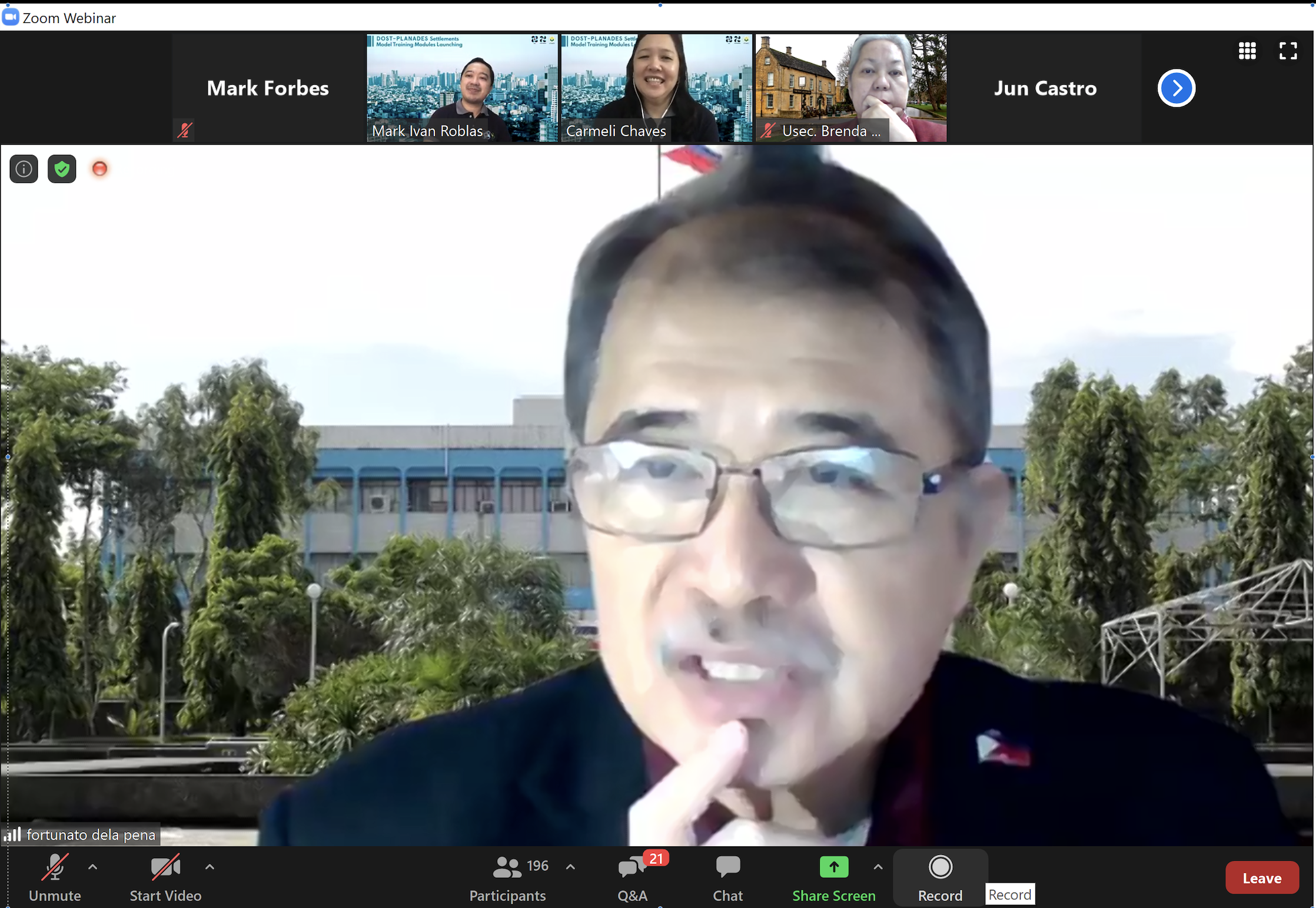In a bid to expand the reach of its Grants In-Aid (GIA) Program for research and development (R&D), the Department of Science and Technology (DOST) renewed its partnership with Elsevier, the world’s largest scientific publisher of peer-reviewed journals and articles.
Through the DOST - Philippine Council for Industry, Energy and Emerging Technology Research and Development (DOST-PCIEERD), DOST revitalized its subscription to the scientific publishing giant’s online journals, citation index database, and capacity building of researchers on authorship to scientific journals.
DOST Undersecretary for R&D Dr. Rowena Cristina L. Guevara said that this initiative of DOST is in line with its campaign “R&D – Making Change Happen” as it allows access of researchers to more than 3,000 journals and 25 million research articles across 26 subject areas and citation index database with over 5, 000 publishers and about 76 million articles.
“It is our hope that by providing access to these scientific journals, we enrich the knowledge base of our researchers and see the current trends in research and development around the world. We believe that this subscription will entice more researches in the Philippines,” she said.
Dr Enrico C. Paringit, Executive Director of DOST-PCIEERD underscored the importance of comprehensive scientific literature in the innovation ecosystem. “Greater access to high-quality scientific literature will enable our scientists to gain higher confidence as they undergo the different stages of research and development – from the preparation of proposals, formulation of the reliable methodology, all the way to publication of scholarly articles. Ascribing to peer-reviewed sources therefore not only advances the field of study but also contribute to the country’s scientific productivity”.
Topping the list of DOST’s most searched subject areas are agricultural and biological sciences, engineering, materials, health, environment, social sciences, biochemistry, genetics, and molecular biology.
This access is open to all personnel of the 35 DOST attached agencies, project leaders of DOST and its Councils’ funded researches, including higher education institutions (HEIs) in the regions that previously did not have access to these scientific journals/articles.
For this year, 10 universities from 10 regions that actively used the CY2018 subscription to Elsevier and with the highest number of DOST Grants In-Aid supported projects, were given IP-based subscriptions, as an incentive.
To date, about 200 universities including a few secondary schools and regional government agencies nationwide benefitted in this partnership.
The access to the said journals/articles and citation index database was also a big help to DOST in identifying priority research areas, exploring possible research initiatives, and in the evaluation of proposals submitted for DOST/Council GIA funding.
Elsevier reported that since the start of their partnership with DOST in 2018, the Philippines posted an average increase of 10.4% year-on-year published articles in peer-reviewed scientific journals.
From 2017-2020 the Philippines’ research output also reached an average of 4,358 articles per year which in the year 2019 posted the highest research output in a single year at 5,614 research publications produced.
More so, the quality of these articles is 15% above the global average with reference to its CiteScore metric, which is about an average of 4 citations per publication. It was further reported that 42% of these articles were conducted in collaboration with international research institutions.
In this year’s call for proposals from April to June, DOST received a total of 961 proposals for the 4 Councils (90 for NRCP, 204 for PCHRD, 526 for PCIEERD, and 141 for PCAARRD); among these are 66 proposals for Science for Change Program (28 CRADLEs, 38 NICERs). The total budget for all these proposals is P11.1B, with P7.2B in 2021. In 2016, only 85 institutions were funded by DOST. In this call for proposals, there were 181 institutions that submitted proposals. This is 110% increase in number of institutions that are doing R&D in the country.
Recently, the Global Innovation Index (GII) ranking was announced where the Philippines ranked 50th among 131 economies. This is a big leap from the 73rd ranking in 2017, a year before the partnership was inked. The number and quality of research outputs contribute and stir a country’s innovations. The GII is a measure of a country’s performance in fostering innovation. This ranking is based on a number of indicators such as R&D investments, international patent and trademark applications, including the more recent indicators such as mobile-phone application creation and high-tech exports.
Undersecretary Guevara wishes that all HEIs in the country would have access to electronic scientific journal resource. It is her hope that the Commission on Higher Education (CHED) will consider investing on this resource to level the R&D playing field for HEIs in the country.





